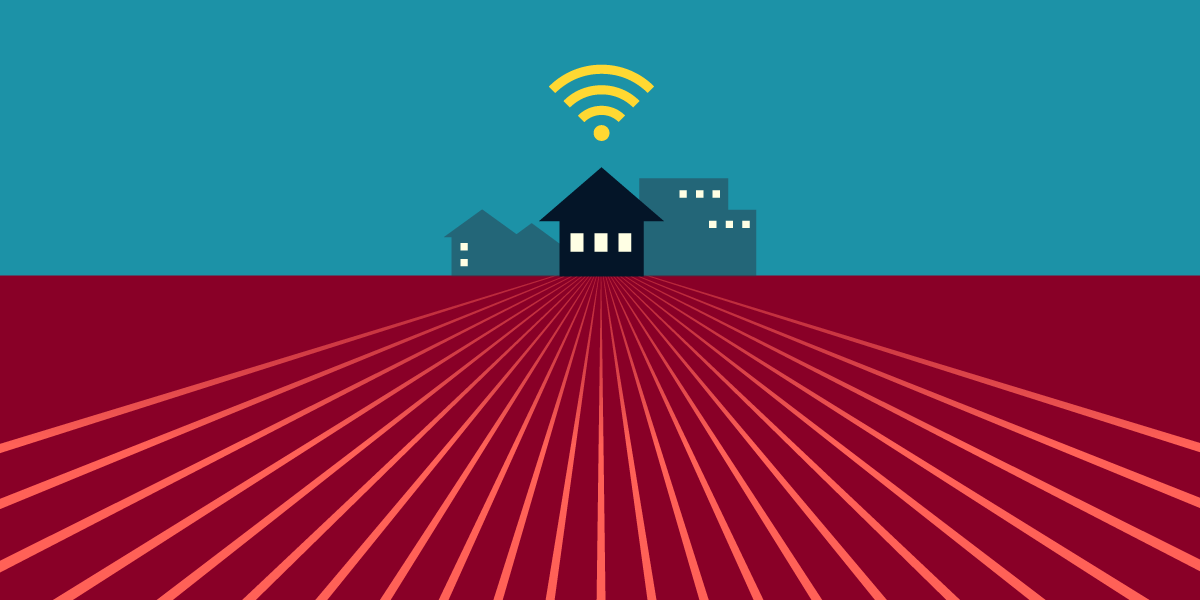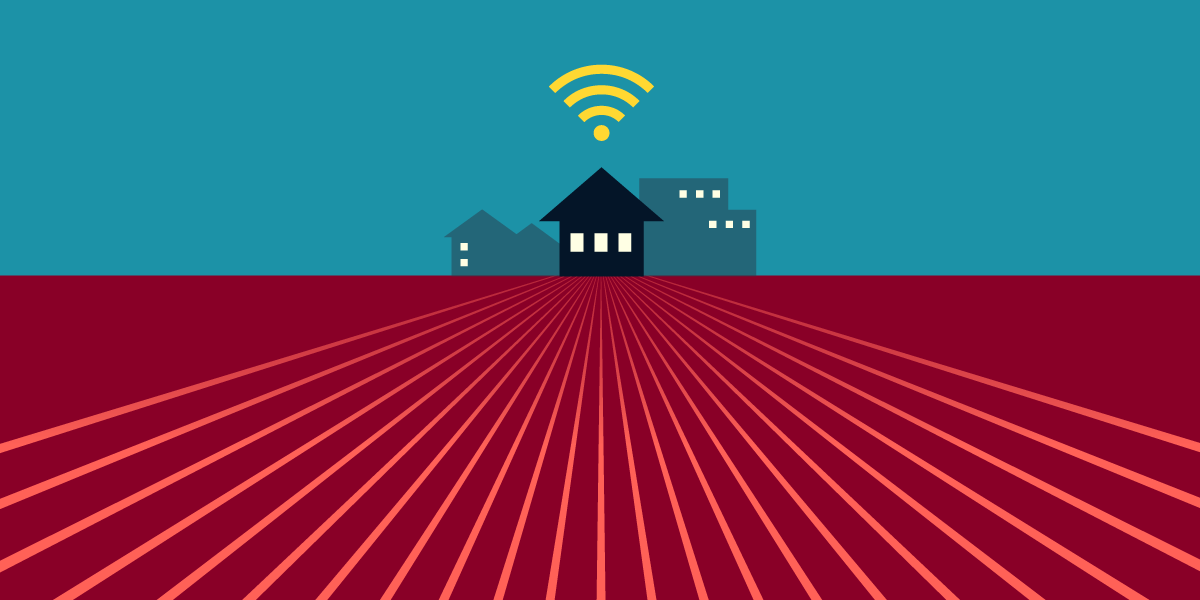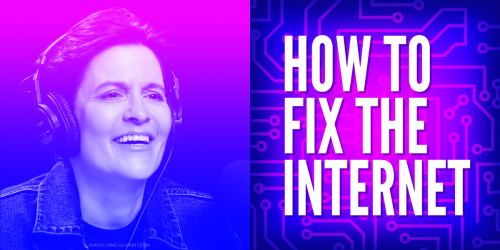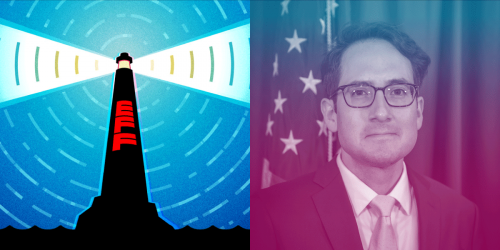This morning, California Governor Gavin Newsom announced his plans for the state’s multi-billion dollar surplus and federal recovery dollars, including a massive, welcome $7 billion investment in public broadband infrastructure. It's a plan that would give California one of the largest public broadband fiber networks in the country. The proposal now heads to the legislature to be ratified by June 15 by a simple majority. Here are the details:
The Plan: California Builds Fiber Broadband Highway; Locals Build the Onramps
Internet infrastructure shares many commonalities with public roads. Surface streets that crisscross downtowns and residential areas connect to highways via on-ramps. Those highways are a high-speed, high-capacity system that connect cities to one another over long distances.
In broadband, that highway function— connecting distant communities— is called "the middle mile," while those local roads, which connect with every home and business, are called "the last mile."
Governor Newsom's plan is for the State of California to build all that middle-mile infrastructure— high-speed links that will bring future-proof capacity to the state's small, remote, rural communities, putting them on par with the state's large and prosperous cities.
Laying fiber infrastructure like this brings terabits of broadband capacity to unserved and underserved communities in rural areas. Simultaneously, this plan dramatically lowers the cost to the communities themselves, who are in charge of developing their own, locally appropriate last mile plans.
To make local efforts economically viable, the Governor’s budget envisions a long-term financing program, accessible by any municipality, cooperative, or local non-profit engaged in building local fiber infrastructure that connects to the state’s open access network.
Long-term financing and fiber go hand in hand. Fiber is future-proof, capable of meeting public broadband demand for decades to come. That long-term value is an uncomfortable fit with the short-term expectations of Big ISP market investors, whose focus on immediate returns has held back much-needed American investment in adequate digital infrastructure, fit for the 21st century.
The California plan for $500 million to be leveraged to access multiple billions in low-cost loans with 30- to 40-year repayment schedules is the patient money that fiber infrastructure needs— a visionary bet on the state's long-term future. The fiber itself will be useful for decades after that debt is retired, giving rural communities broadband access to cover all their projected needs into the 22nd century.
As we’ve noted in the past, national private ISPs have proven themselves unwilling to tackle the rural fiber challenge, even when they stand to make hundreds of millions of dollars by doing so. Their desire for fast profits over long-term investments is so great, they would rather bankrupt themselves before deploying fiber in rural areas. The same is true for low-income access even in the most densely populated cities, which the Governor's plan will enable local solutions to resolve.
The State Government Will Help Communities Prepare for the Fiber Future
A crucial aspect of the plan is the creation of technical assistance teams tasked with helping communities plan their fiber rollouts. This team is also charged with helping those communities design sustainable models that will deliver affordable broadband to all.
When the U.S. embarked upon a national electrification program in the early 20th century, government agencies didn't simply announce the program and retire to the sidelines while local communities worked out the details for themselves. Instead, the government formed myriad partnerships with local communities to help plan out their electrical grids, create financial plans, and train local operators so they could keep their new electrical grids humming. Governor Newsom’s budget updates this proven strategy for local fiber broadband networks.
EFF strongly supports this measure. Running a gigabit fiber network is technically challenging, but with guidance and technical support, it is well within the capacity of every community. State assistance in designing 21st century infrastructure plans combined with a state rollout of middle mile fiber networks is a powerful mixture of local empowerment and economic development.
We Have to Rally in Sacramento, Like Right Now
The cable lobby has long viewed fiber broadband as an existential threat to their high-speed broadband monopolies. EFF’s technical analysis by our engineering team found that fiber optics as a transmission medium vastly surpasses anything coaxial cable will be capable of doing simply as a matter of physics. That's why more than 1 billion fiber lines are being laid across advanced Asian nations from South Korea to China.
If Californians want cheap, symmetrical (fast uploads as well as downloads) gigabit (and beyond) internet at their homes and businesses, we must get our state legislature to pass this infrastructure plan next month.
Otherwise, most of us will remain trapped in a cable monopoly market paying 200% to 300% above competitive rates for our sluggish broadband service. Worse yet, when the next generation of applications and services requiring symmetrical gigabit, 10 gigabit, and even 100 gigabit speeds are developed in the coming years, Californians will be frozen out of them altogether.
At that point, the "digital divide" will be joined by a "speed chasm" in broadband access. We risk a major drag on our state's economic development. We can avoid that risk! All we need is a long-term, future-proof investment in our communities and a law stating the obvious: all Californians deserve 21st century internet access.













